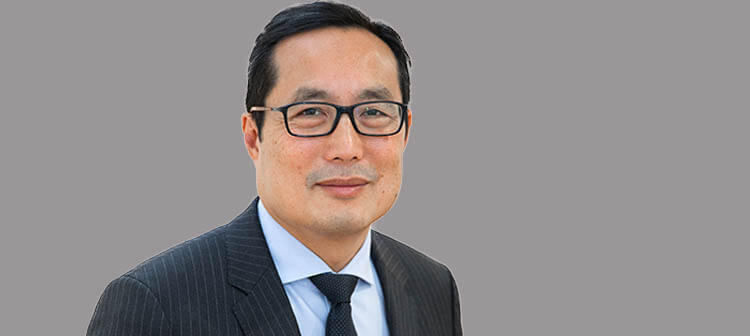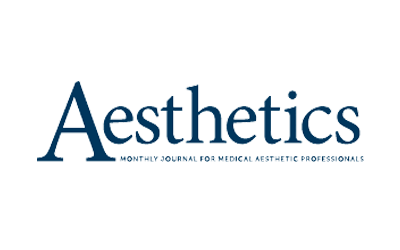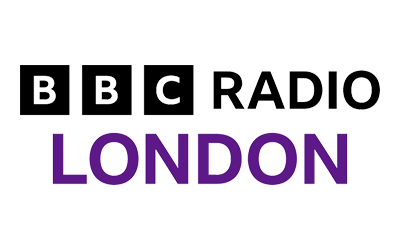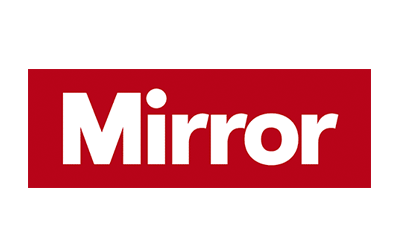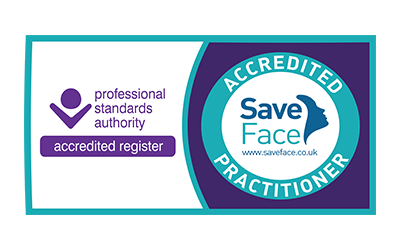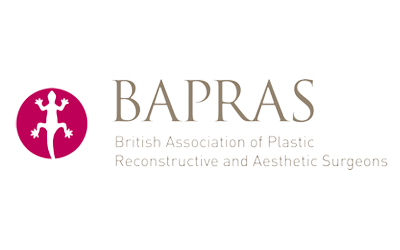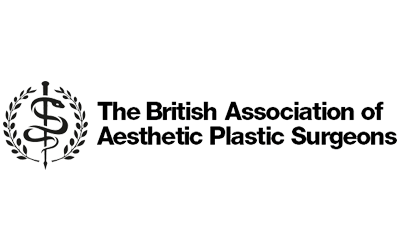What are dermal facial fillers for Asian patients?
Dermal facial fillers are substances injected into your face to add volume where it’s been lost due to ageing. They smooth out wrinkles in areas such as your cheeks.
Ageing in Caucasian people is normally more noticeable around the neck, lower face and upper face area. This is where such patients usually have fillers.
By contrast, fillers for the Asian face usually focus on the nasolabial lines – commonly known as the smile lines – that form between the side of the nose and the mouth. As many Asian people have larger malar fat pads (on the cheeks), there is more tissue there to cause more pronounced smile lines, particularly as the fat pads descend with age. Fillers add volume to this area to smooth the smile lines out and so, for many people, they represent an effective (yet temporary) alternative to Asian facial cosmetic surgery.
How can dermal facial fillers enhance your face?
When we get older, our bodies produce less collagen: around 1% less each year after the age of 20. As a result of this, our skin loses some of its elasticity and wrinkles form.
The area between your mouth and the side of your nose is a natural hotspot for wrinkles, because the frequent movement from changing facial expressions causes the skin here to fold. This is why wrinkles here are called smile or laughter lines.
Asians are particularly prone to developing these wrinkles, but dermal facial fillers add volume back to these areas and help to counteract wrinkle formation. The effects of your Asian face fillers will be temporary, but after having the procedure, your face will retain a more youthful appearance for between 6 and 18 months.
Quick Reference
Quick Links
Leading surgeons
Mr Mark Ho-Asjoe is our Consultant Plastic Surgeon – and one of London’s most highly sought-after cosmetic surgeons. He has 25 years of plastic surgery and aesthetics experience, including many Asian dermal filler procedures and other Asian plastic surgery treatments.
After graduating from the Royal College of Surgeons in Ireland, he performed his surgical training in the UK. He then chose to specialise in plastic surgery, studying both in the UK and at Chang Gung Memorial Hospital, which is a world-famous centre for microsurgical reconstructive surgery in Taiwan.
Mr Ho-Asjoe has such a respected reputation that he’s an examiner for the Diploma of Aesthetics Plastic Surgery. He’s also been elected as an Elected Trustee to the BAAPS Council (British Association of Aesthetic Plastic Surgeons), for 2021 to 2023. In addition, he sits on various other plastic surgery bodies, passing his expertise on and staying up to date with the latest thinking in the sector.
Plus, he lectures on plastic surgery in the UK, mainland Europe and Asia – and is an Honorary Lecturer at Hong Kong’s Queen Mary University Hospital.
FAQs for dermal facial fillers for Asian patients
Dermal facial fillers are effective on many areas of the face, from under the eyes and the crow’s feet around the eyes, to sagging cheeks and wrinkles on the chin.
In Asians, however, it’s usually the smile lines between the mouth and the side of the nose where dermal facial fillers are used.
The effects of dermal fillers are not permanent. How long they last will depend upon the type of filler and where it’s used.
Usually, they last between 6 and 18 months, after which time your body will have absorbed the particles used in the filler.
When having any kind of cosmetic procedure, the most important factor is the expertise of the practitioner performing it. The professionals administering dermal fillers at our clinic are both experienced and extremely careful when it comes to ensuring patient safety. Our ethos places great emphasis on treating each patient as an individual, taking time to discuss their needs and explain procedures in as much detail they want.
We’ll also advise you on potential side effects from dermal filling, which can include some redness, soreness and/or swelling. And we’ll give you some tips on speeding your recovery up, by avoiding make-up, alcohol, coffee and the sun in the first two or three days after the procedure.
Dermal fillers are becoming more popular everywhere, partly because they cost less than permanent cosmetic surgery and partly because they come with little discomfort and very short recovery periods (typically 1-3 days).
They’re particularly popular among Asian people because they’re so effective at reducing the appearance of smile or laughter lines on the face, which Asian people are more susceptible to. There’s also a great deal of expertise in this kind of treatment in countries such as South Korea. We’re bringing this same level of expertise to the UK and Europe.
Rather than adding volume to the tissue under your skin as dermal fillers do, wrinkle smoothing injections works by relaxing the muscles in your face. It’s most commonly used on the upper face, treating forehead lines, vertical frown lines between the eyebrows, and crow’s feet or laughter lines around the eyes.
Wrinkle smoothing injections will only work on areas where wrinkles are caused by muscle movement and isn’t used where lines come from sagging or loss of plumpness. As a result, most wrinkles in the cheek area are more effectively dealt with through dermal fillers.
Wrinkle-smoothing treatments don’t generally last as long as dermal fillers. They can wear off after around 3/4 months, with dermal fillers lasting for 6-18 months.

